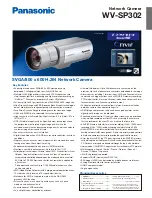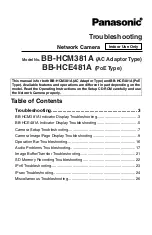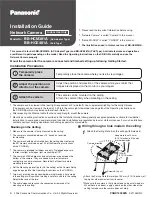
Figure 57
S P R IN G FOR
D IA P H R A G M -M E T E R IN G R IN G
Figure 58
the voltage range of 1.1 to 2.2V w itho u t a
lens.
W ith the MD f/1 6 lens set to the
minimum aperture, you should measure
200 to 300 millivolts. The f/2 2 lens should
give you a reading of 2.9 to 3V. And the
f/3 2 lens should provide the MD common
voltage of 2.1 to 2.3V.
But, if you measure 0V, you know
there's a problem w ith the minimum-
aperture resistor or w ith the mode selec
tor S8. First check the contact at the
right-hand side of the mode selector
brush, Fig. 55. Notice that Fig. 55 shows
the later model of the camera. Here,
Minolta added the bridge over the mode
selector to maintain better brush contact.
If cleaning the mode selector doesn't
solve the problem, suspect the minimum-
aperture resistor. Also, it's possible that
you have a break in the strip of flex cir
cuit, Fig. 54. The flex-circuit strip con
nects the minimum-aperture and dia
phragm resistors to the main circuit
board. In that case, you'll have to replace
the complete resistor board, Fig. 53; we'll
describe the procedure in a moment.
Poor contact in the diaphragm resistor
also causes the overexposure LED to re
main on. You can use another voltage
check to test the diaphragm resistor after
removing the top cover. Measure the volt
age between ground and the AV contact.
Fig. 54; you should measure around 2.9V
w ith the release button partially depressed.
Now rotate the diaphragm-metering ring
against its spring tension as you monitor the
voltage. You should see the voltage
smoothly decrease to around 2.8V.
REPLACING THE M IN IM U M -
APERTURE RESISTOR
To clean and reform the brushes of the
minimum-aperture and diaphragm re
sistors, you'll probably have to remove
the lens-mounting ring. You'll also have
to remove the lens-mounting ring to
replace the resistor board. Notice the
position of the lens-mounting ring in Fig.
56; the corner indicated in Fig. 56 must go
toward the bottom of the camera.
Now remove the lens-mounting ring by
taking out its four screws. Then lift out
the bayonet spring, Fig. 57. Also discon
nect the spring from the diaphragm-
metering ring, Fig. 58. When you lift out
the diaphragm-metering ring, the spring
should stay connected to the spring clip,
Fig. 59.
The long resistance path you can now
see, Fig. 59, is the diaphragm resistor; the
brush remains w ith the diaphragm-
metering ring. To remove the brush
assembly for the minimum-aperture resis
tor, disconnect its spring and remove the
















































